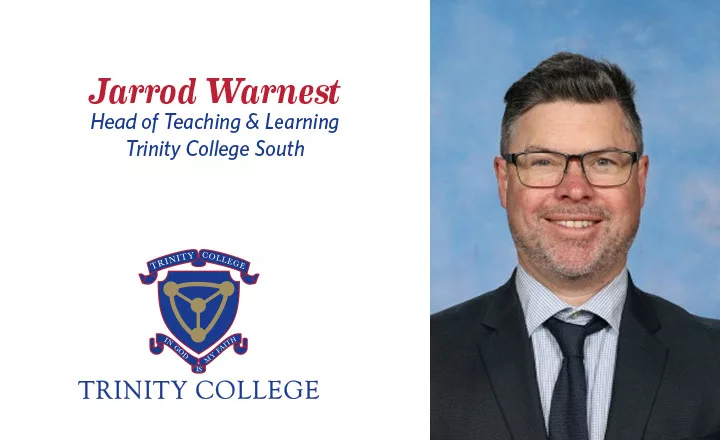Certificate in Future Oriented Learning

Providing Effective Feedback: Effects on Student Self-efficacy in Writing
The purpose of the proposed intervention is to use Hattie and Timperley’s model for providing effective feedback to improve students’ self-efficacy in writing. Specifically, addressing the questions of ‘Where am I going?’, ‘How am I going?’ and ‘Where to next?’
Self–efficacy can be defined as an individual’s beliefs in their ability to be successful in specific situations (Bandura, 1994). Progress feedback, combined with a sound instructional program, foster higher self-efficacy in writing (Schunk & Swartz, 1993).
Feedback has been shown to be one of the most potent influences on learning and achievement (Hattie & Timperley, 2007). Sadler (1989, p142) states that in order for students to improve their performance, they need to know how they are progressing. However, feedback is typically received by students too late for it to be effective (Brooks, Carroll, Gillies & Hattie, 2019). Of particular interest to this study is feedback from the aforementioned model which attends to self-regulation as this has been shown to lead to greater investment and effort in a task, and enhanced self-efficacy.
Using Hattie and Timperley’s model for providing effective feedback, students will engage in a unit of work on ‘persuasive writing’ where they will receive written feedback weekly addressing the three questions outlined above relating specifically to the success criteria of the given lesson. The students’ self-efficacy will be measured pre and post using a literacy self-efficacy scale adapted from the Motivated Strategies for Learning Questionnaire (MSLQ) used by Trinity College research institute. In addition, a survey will be conducted post innovation to investigate why student’s self-efficacy scales may have changed pre and post.


